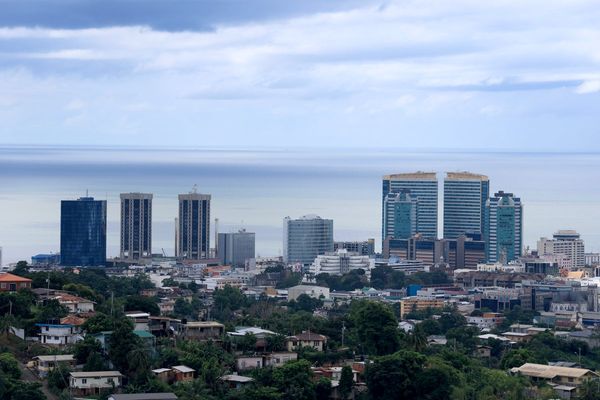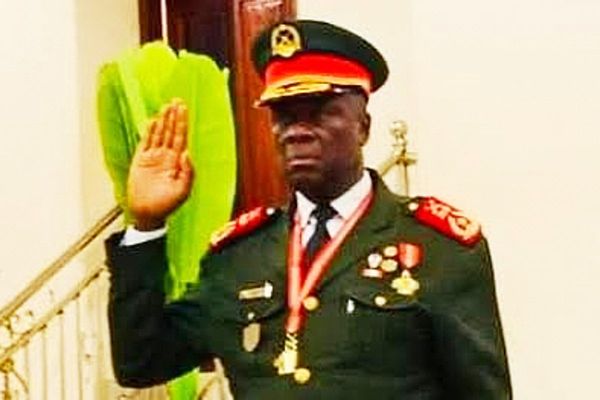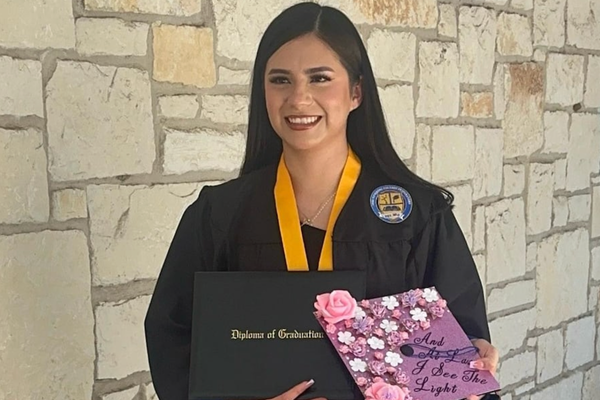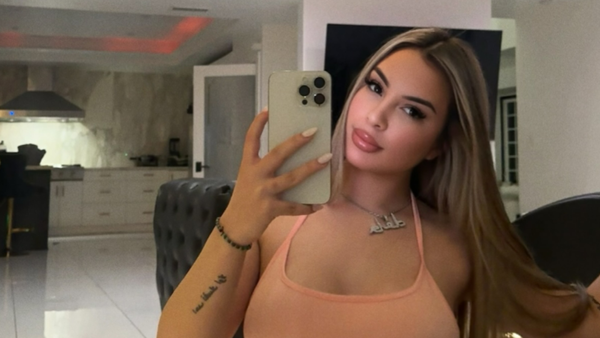
Now that we’ve crossed the Fourth of July barrier we’ve officially reached redraft season. Sure, we’ve been drafting best ball teams since before the ink even dried on the 2024 season. But that was just for fun, to keep our minds from getting soft and flabby during the offseason.
We made it.
The mirage of the upcoming season is taking shape, becoming realer and closer by the day. Training camps will be opening soon and all of the offseason thought exercises will get doused by the cold-water reality of professional sports, where things mostly don’t work out like we expect. Drafting redraft teams in May and June is for the sickos. Now that we’re well into July we’ve hit the point in the calendar where drafting goes from psychotic behavior to just freakishly early. But, it’s important to stress test some of the things I’ve been writing about to see what tweaks are needed before the all important home leagues get rolling.
My first draft of the summer
I recently completed a draft on the FFPC with a $35 entry. I did the draft with a friend and we were immediately put to the test when we drew the 1.01. As I’ve written, Jahmyr Gibbs is my top pick this season, so this was an easy choice for me. I thought I’d have to convince my friend, but he was in lockstep with me, so we took Gibbs. From there, we hit a few pivot points that I wanted to look at.
The next big decision came at the 2.12/3.01 turn. FFPC is a tight end premium scoring platform, so TEs get 1.5 points for each catch. That makes Brock Bowers a very viable and enticing 1.01 option. Going with Gibbs meant passing on Bowers and Trey McBride, so we’re planning to grab George Kittle if he made it to us. He was still on the board when we came up, but so were other players we weren’t expecting. A.J. Brown and Ladd McConkey were pipe dream picks that got our hopes up as they stayed on the board deep into round two.
Brown ended up going before us, but McConkey represented a unique opportunity. His promising rookie season established him as far and away the best receiver on his team. The Chargers spent most of their capital chasing running backs and only added Tre Harris as an interesting receiving option. All of that leaves McConkey in position to dominate targets. Being the apple of Justin Herbert’s eye was enough to get us to pivot from Kittle to McConkey. We paired him with Rashee Rice, a player I (and much of the fantasy community) think should go much higher. Passing on a stud like Kittle was tough, but we ended up grabbing T.J. Hockenson to give us a reliable option who has shown an ability to pop off for big games.
At the 8.12/9.01 turn we were in a bit of a no man’s land. There weren’t any screaming values or surprise fallers. To us the best values were at receiver. We landed on Stefon Diggs and Matthew Golden as our fifth and sixth receivers. On FFPC you can start up to four receivers or RBs each week when you factor in the flex spots. The strength of our team to this point in the draft was our receiver room. Considering all the options, we wanted to make our strength even stronger, hopefully giving us the depth to weather potential injuries, byes, and underperformance. Diggs as the clear alpha for a hopefully ascending offense and exciting young quarterback stood out.
As did rookie Golden with the Packers. Green Bay has developed a deep but inconsistent group of pass catchers. Jayden Reed and Christian Watson have flashed excited upside over the last few seasons, but neither them nor Romeo Doubs or Dontayvion Wicks have asserted themself as a true No. 1 option. Don’t know if Golden will be able to do that either, but at this cost it seemed like a bet worth making.
I should note that this is the first time in the draft I floated taking Justin Fields. I was shot down here, but I would bring up Fields for the next three picks until we finally selected him in the 12th round.
The last interesting thing to me about this draft is the way the RB room shook out. Taking Gibbs right off the bat made us comfortable going with an anchor RB approach and going receiver-heavy. We paired Gibbs with rookie Kaleb Johnson. That gave us two guys up top we felt good about. Really, Gibbs gave us the luxury to punt the RB2 spot and fill it with rookies and upside plays. Bhayshul Tuten accomplished two goals for us.
The first was to get a part of Jacksonville’s backfield and the second was to get rookie upside. New coach Liam Coen’s offense in Tampa Bay was an all-you-can-eat feast for the RBs. This is a backfield you want to target because the potential reward is tremendous. Tuten, along with incumbents Travis Etienne and Tank Bigsby are cheap enough in drafts that you can take whichever guy you like best. Etienne came off the board near the end of the eighth round and Bigsby went in the 13th. We probably should’ve considered picking Tank too and hoping one of him or Tuten emerged as the lead guy. As it stands, we’re putting our eggs in Tuten’s basket.
Ray Davis and Dylan Sampson are contingent plays who, if things break in their favor, could be huge wins at the cost of 13th and 14th round picks. We tacked on another rookie with Chicago’s Kyle Monangai. He’s the kind of bet we love to make. The players ahead of him on the depth chart (D’Andre Swift and Roschon Johnson) don’t inspire much confidence and shouldn’t be huge barriers if Monangai has any juice. We’ll see. That offense is a complete mystery box that likely holds Saw-level boobytraps. For a 17th round pick, we can let Monangai go if things look bleak with little consequence.
The actual last huge decision for us came with the last two picks. FFPC makes you draft a kicker and defense, and these were the hardest picks we made. Just kidding. It’s a kicker and defense.
Results below:








